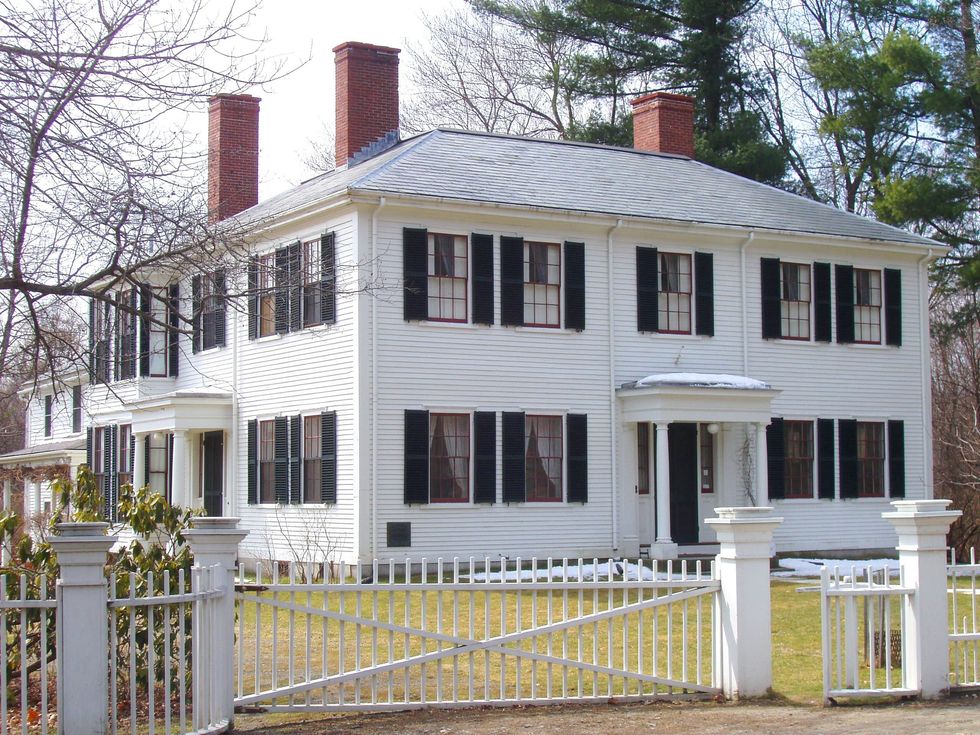By most accounts, the Harlem Children’s Zone has been a slam dunk. But now that the model is expanding to 20 other cities, it’s worth asking: Can it work just anywhere? We looked at four high-need cities to find out.
The experiment started small. Isolate one city block in Harlem, and see what it would take to ensure that every single child on that block succeeded. Dilapidated housing would need to be addressed, as well as violence and chronic health issues. Kids would need better schools and social services that supported them from before they were even born, all the way through college. It was ambitious, to say the least: a hyperlocal approach to battling urban poverty—and an expensive one, at that. But Geoffrey Canada, the man behind that early 1990s experiment, is nothing if not ambitious.
Nearly 15 years later, the Harlem Children’s Zone now spans 97 city blocks, and has transformed upper Manhattan. Heralded as a success by the media and policy-makers alike, there was always the sense that what Canada had done wasn’t particular to New York City and that his model, if properly tweaked and adapted, could serve as a template for other urban cities.
Last February, in outlining its budget for the following year, the administration announced a competitive grant called Promise Neighborhoods. Twenty cities will be chosen to receive $210 million in the first phase of its rollout. The selections will be announced in the coming months—and neighborhoods urban and rural, large and small, are clamoring to be first in line.
But duplicating the model hinges on adapting it to suit the needs and capacities of the neighborhoods where it’s being transplanted. “It’s kind of like throwing seeds on the ground,” said Jeffrey Henig, who directs the politics and education program at Columbia University’s Teachers College. “If the ground isn’t fertile, you’re wasting your time.”
Determining what is fertile ground is a subjective, messy business. Does it require a visionary mayor intent on reform? Deep-pocketed local businesses willing to buoy the effort? What if half of the students in the school district currently fail to graduate from high school? Does that make an ideal candidate, or a lost cause?
Unlike other federal neighborhood policies, such as the Model Cities program of the late 1960s and early 1970s—a federal urban-aid program that was part of President Lyndon Johnson’s War on Poverty—or the more recent Empowerment Zones, Promise Neighborhoods stand apart for one distinct difference: Schools are at their center. The logic is that while schools alone can’t be responsible for lifting entire communities out of poverty, they can be combined with social services, from high-quality prenatal care and child care to after-school programs and college-readiness seminars.
The Harlem Children’s Zone has shown promise: Research by the Harvard economist Roland Fryer demonstrates that the HCZ’s charter schools have eliminated the longstanding achievement gap on the citywide math exam, and The New York Times has called it “the Harlem Miracle.” But after 13 years, it’s still too early to tell whether this experiment actually works. Even Canada concedes that concrete proof may be another 10 years away.
And even if it works in Harlem, is it—as the Obama administration would have us believe—this generation’s solution to fighting racial inequity and urban poverty nationwide?
Taking something that works in one place and transplanting it to another is made more complicated when the original has a charismatic, strong leader, with raging success at bringing in philanthropic and corporate donations, and a board of trustees representing some of the most influential businessmen and financiers in the country. “One of the real challenges for Promise Neighborhoods is that we can’t clone Geoffrey Canada,” said Michael Rebell, a professor of law and education at Teachers College.
But Paul Tough, the author of Whatever It Takes: Geoffrey Canada’s Quest to Change Harlem and America, who has written about Canada and the Harlem Children’s Zone since 2004, has a different perspective. “It does not require a cult of personality,” he says. “It does not require a charismatic leader.” Tough envisions the model looking “different in different cities. In some it might be based mostly in the local government; in others it might be built around a non-profit or a church.”
Once the applications are in, the first step, of course, will be the selection of 20 neighborhoods later this year. While the Department of Education has yet to announce the criteria it will be using, it’s likely that the location and size of the neighborhood will be a factor, as will the percentage of children living in poverty, city crime rates, and rates of academic achievement.
Hayling Price, a policy analyst at the United Neighborhood Centers of America, says Harlem’s slow-grow pace was wise. “Beginning with smaller, centrally located neighborhoods, with plans to increase size and increasing operations into adjacent blocks, will allow programs to use their resources effectively and expand their work on a realistic timeline,” wrote Price in a how-to brief.
Many people, like Lisbeth Schorr, a senior fellow at the Center for the Study of Social Policy, have made it their life’s work to try to figure out how to transform disadvantaged neighborhoods on a large scale. “The Harlem Children’s Zone seems to have come closer to being able to do that than anything else we know,” said Schorr, who is encouraged by “its promise to take on seemingly insurmountable challenges and surmount them.”
To be sure, eradicating poverty is difficult business. It is Obama’s hope that Promise Neighborhoods might eventually spread to entire cities, so that the block a child is born on does not dictate his or her destiny. But in the meantime, the program’s success will hinge on how well this first batch of cities can adapt and tweak the model to work for them.
Click here to view the Case Studies.
Illustrations by Chris Johanson
This article first appeared in GOOD Issue 19: The Neighborhoods Issue. You can read more from the issue here, or find out what it's all about by reading the introduction.
















 This doggo has some concerns. Photo by
This doggo has some concerns. Photo by  Ready to eat.Photo by
Ready to eat.Photo by 

 Let us all bow before Gary, the Internet's most adventurous feline. Photo credit: James Eastham
Let us all bow before Gary, the Internet's most adventurous feline. Photo credit: James Eastham Gary the Cat enjoys some paddling. Photo credit: James Eastham
Gary the Cat enjoys some paddling. Photo credit: James Eastham James and Gary chat with Ryan Reed and Tony Photo credit: Ryan Reed
James and Gary chat with Ryan Reed and Tony Photo credit: Ryan Reed


 Rock deterioration has damaged some of the inscriptions, but they remain visible. Renan Rodrigues Chandu and Pedro Arcanjo José Feitosa, and the Casa Grande boys
Rock deterioration has damaged some of the inscriptions, but they remain visible. Renan Rodrigues Chandu and Pedro Arcanjo José Feitosa, and the Casa Grande boys The Serrote do Letreiro site continues to provide rich insights into ancient life.
The Serrote do Letreiro site continues to provide rich insights into ancient life.

 File:Ralph Waldo Emerson House (Concord, MA).JPG - Wikimedia Commons
commons.wikimedia.org
File:Ralph Waldo Emerson House (Concord, MA).JPG - Wikimedia Commons
commons.wikimedia.org